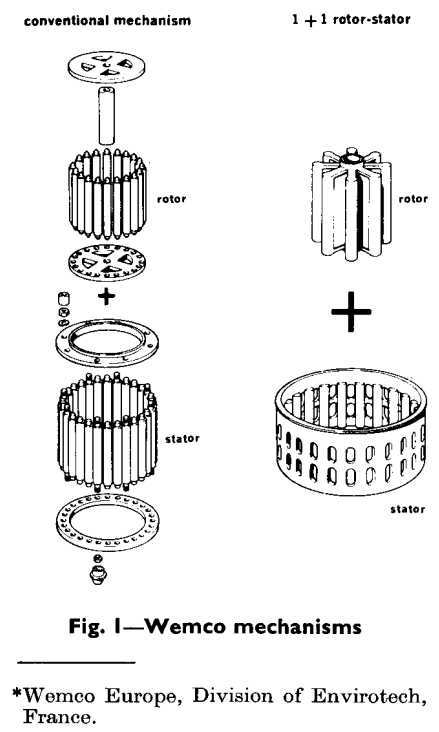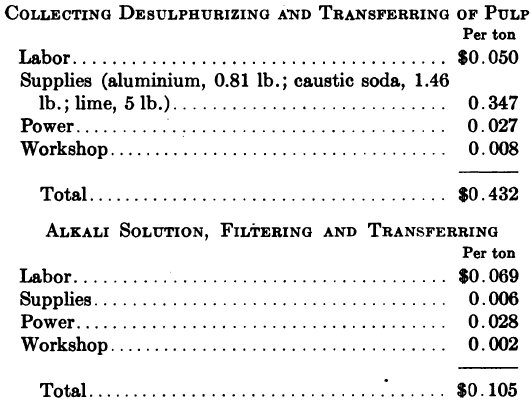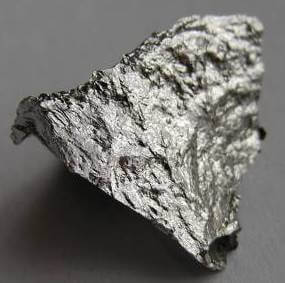Precipitation of Gold on Carbon – Charcoal
Park states that this method is in use in many plants in Victoria for precipitating gold from cyanide solutions the procedure being to pass the solution through barrels packed with finely broken carbon/charcoal, which is afterward burned, and the ash melted down with fluxes. He does not consider it suitable for large tonnages of solution. […]
Gold Recovery by Aluminium Precipitation

The use of aluminium as a precipitant for gold out of cyanide solutions was patented by Moldenhauer but he does not appear to have made any practical use of the process. H. F. Julian experimented with it, in the same year, but soon abandoned the idea. Kirkpatrick introduced it at the Deloro Smelter in Canada, […]
Recovery of Gold by Precipitation with Zinc

The recovery of the precious metals like gold and silver from the cyanide solution is almost universally accomplished by precipitation with zinc, either in the form of fine threads or of dust (the condensed fume recovered in the process of retorting the metal). The phenomena of precipitation are essentially electrical and may be traced to […]
Electrolytic Precipitation of Gold

This was introduced on a commercial scale as an adjunct to the cyanide process on the Rand for precipitating the weak and low-grade solutions resulting from the treatment of slime by decantation, and was known as the Siemens Halske process. The anodes were of sheet iron enclosed in burlap to prevent short circuiting and the […]
Wemco Flotation Cell Mechanisms

How Arsenic, Antimony Silver Compounds Affects Leaching

Ores containing silver in Arsenic and Antimony combinations offer considerable difficulties in cyanidation and it has usually been considered that the removal of these compounds by concentration was the only way to deal with them. G. H. Clevenger, however, when working on the ores of the Nipissing Mining Company of Ontario, Canada, found that by […]
Effect of Manganese on Silver Leaching

In Mexico and elsewhere there are large bodies of valuable silver ore containing manganese which present great, and hitherto insuperable, obstacles to a satisfactory extraction by cyanide. The proportion of the silver that is soluble in cyanide varies greatly and may be as low as 5% only. The mere presence of manganese in the ore […]
How Arsenic Affects Cyanidation Leaching of Gold
The Influence of Arsenic in the Cyanidation of Gold Ores is explained by W. B. Blyth has he is of the opinion that the presence of arsenic in an ore does not necessarily cause that ore to be refractory to cyanide treatment. He thinks the idea arose from the fact that arsenic is so often accompanied by […]
Metallurgy for Recovering Gold from Telluride Ore

Gold ore associated with Telluride is hardly soluble in ordinary cyanide solutions and special treatment is necessary for its extraction. There are two methods in use in such cases. Roasting The ore is ground dry to about 30 mesh and roasted; it is then ground to a slime in water or cyanide solution, usually in grinding […]
Gold Losses in Continuous Countercurrent Decantation

This is an interesting development of the old decantation process, and while it contains the same principle, of displacement by successive dilutions, the action is much more rapid, the same result is attained by the use of considerably less barren solution and it is continuous in action needing little power and practically no attention. For […]
